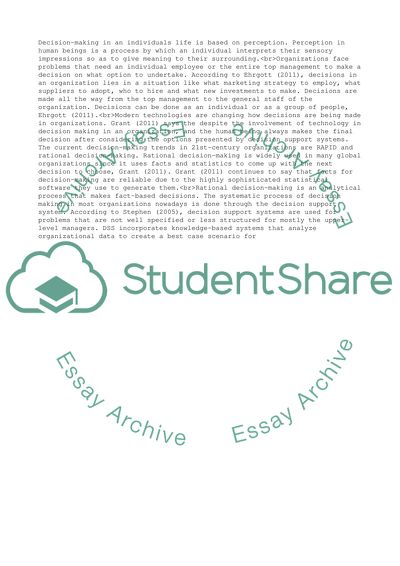Cite this document
(“Organizational Behavior Final Research Paper Assignment”, n.d.)
Organizational Behavior Final Research Paper Assignment. Retrieved from https://studentshare.org/management/1692108-organizational-behavior-final-research-paper
Organizational Behavior Final Research Paper Assignment. Retrieved from https://studentshare.org/management/1692108-organizational-behavior-final-research-paper
(Organizational Behavior Final Research Paper Assignment)
Organizational Behavior Final Research Paper Assignment. https://studentshare.org/management/1692108-organizational-behavior-final-research-paper.
Organizational Behavior Final Research Paper Assignment. https://studentshare.org/management/1692108-organizational-behavior-final-research-paper.
“Organizational Behavior Final Research Paper Assignment”, n.d. https://studentshare.org/management/1692108-organizational-behavior-final-research-paper.


